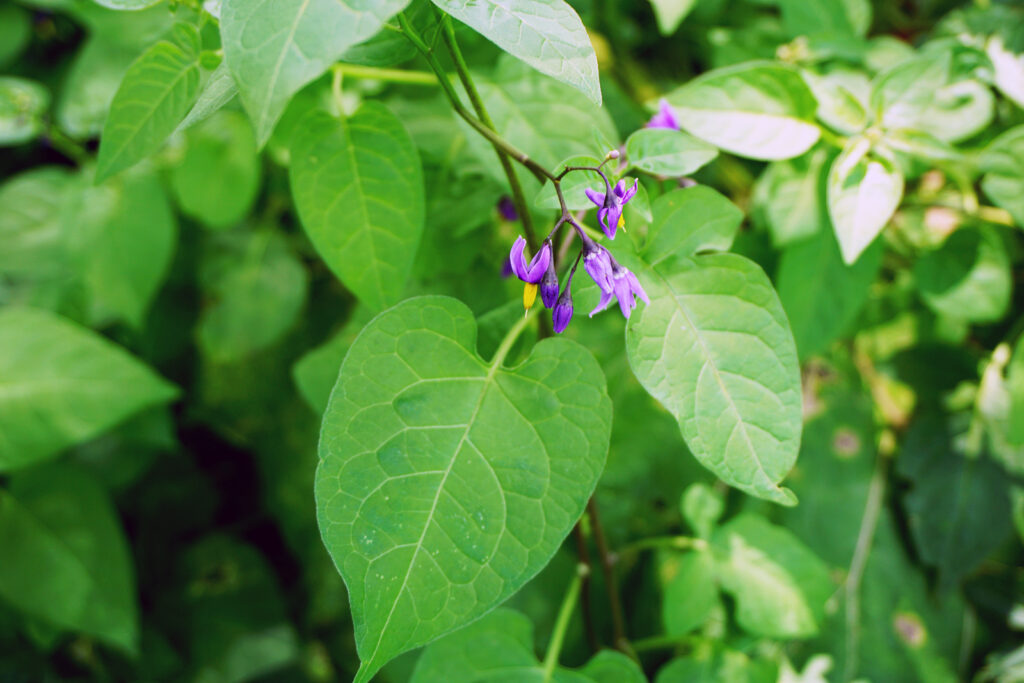Bittersweet, botanical name Celastrus, is shrub or twining woody climber found in temperate woodland thickets. Its attraction as a garden plant lies in its ornamental autumn fruits which split when ripe and reveal colorful seeds.
Get to know Bittersweet
- Plant type: Deciduous fall-interest vine
- Growing Zones and range: 3-8
- Hardiness: Half-hardy
- Height and width: 15’- 20’ tall; the vine climbs by twining and needs a large, heavy arbor, sturdy fence, or pergola. The full size is 15 to 25 feet across.
- Foliage: Simple toothed leaves
- Flowers: Insignificant flowers produce orange and scarlet berries. Both a male and a female plant is necessary for berry production.
- Uses: Train against a wall, fence, or pergola, or up a tree.
- Botanical name: Celastrus scandens
- Common name: Bittersweet
Where to plant Bittersweet
- Plant bittersweet in full sun to produce berries but tolerates light shade.
- Grow bittersweet in average to poor sbitteroil.

When to plant Bittersweet
- Set bittersweet in spring or fall.
Planting and spacing Bittersweet
- Space bittersweet 15 feet or more apart.
How to water and feed Bittersweet
- Bittersweet needs ample moisture. Established bittersweet is drought tolerant.
- Bittersweet does not need fertilizer.
Bittersweet care
- Prune bittersweet heavily each spring to control size.
- Colorful bittersweet berries are poisonous.
- Powdery mildew and fungal leaf spot can be problems.
Bittersweet propagation
- Insert root cuttings in winter, or semi-ripe cutting in summer.
Bittersweet varieties to grow
- Oriental bittersweet (Celastrus orbiculatus) is invasive; it is often spread by birds who ingest berries.















